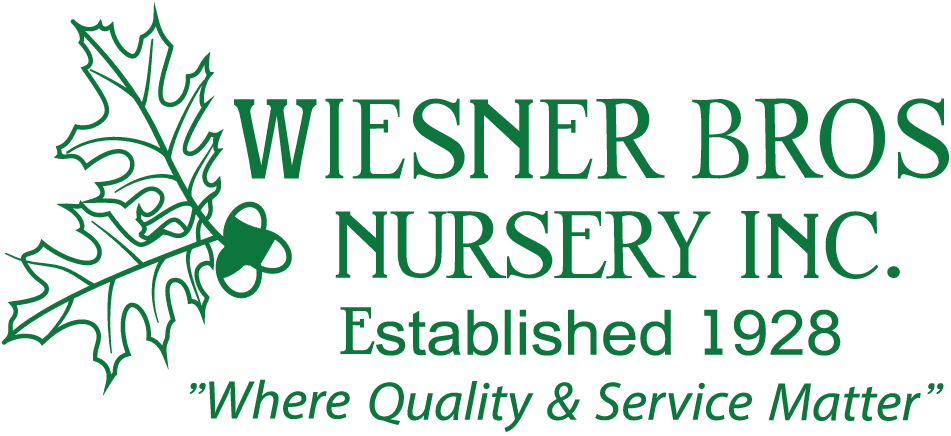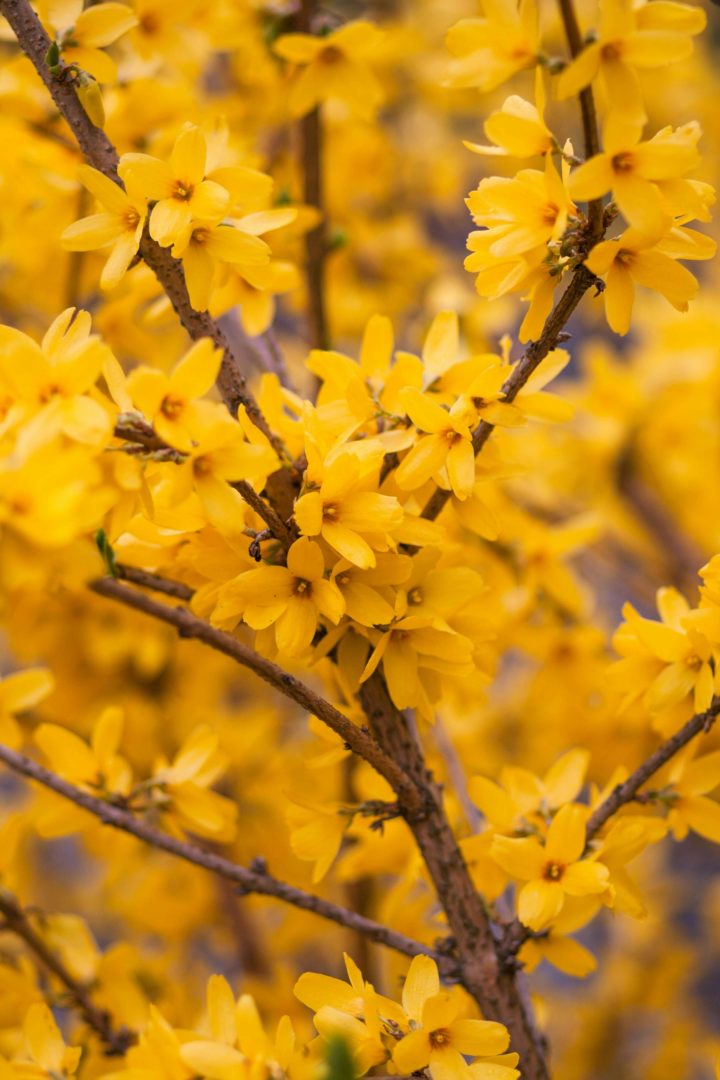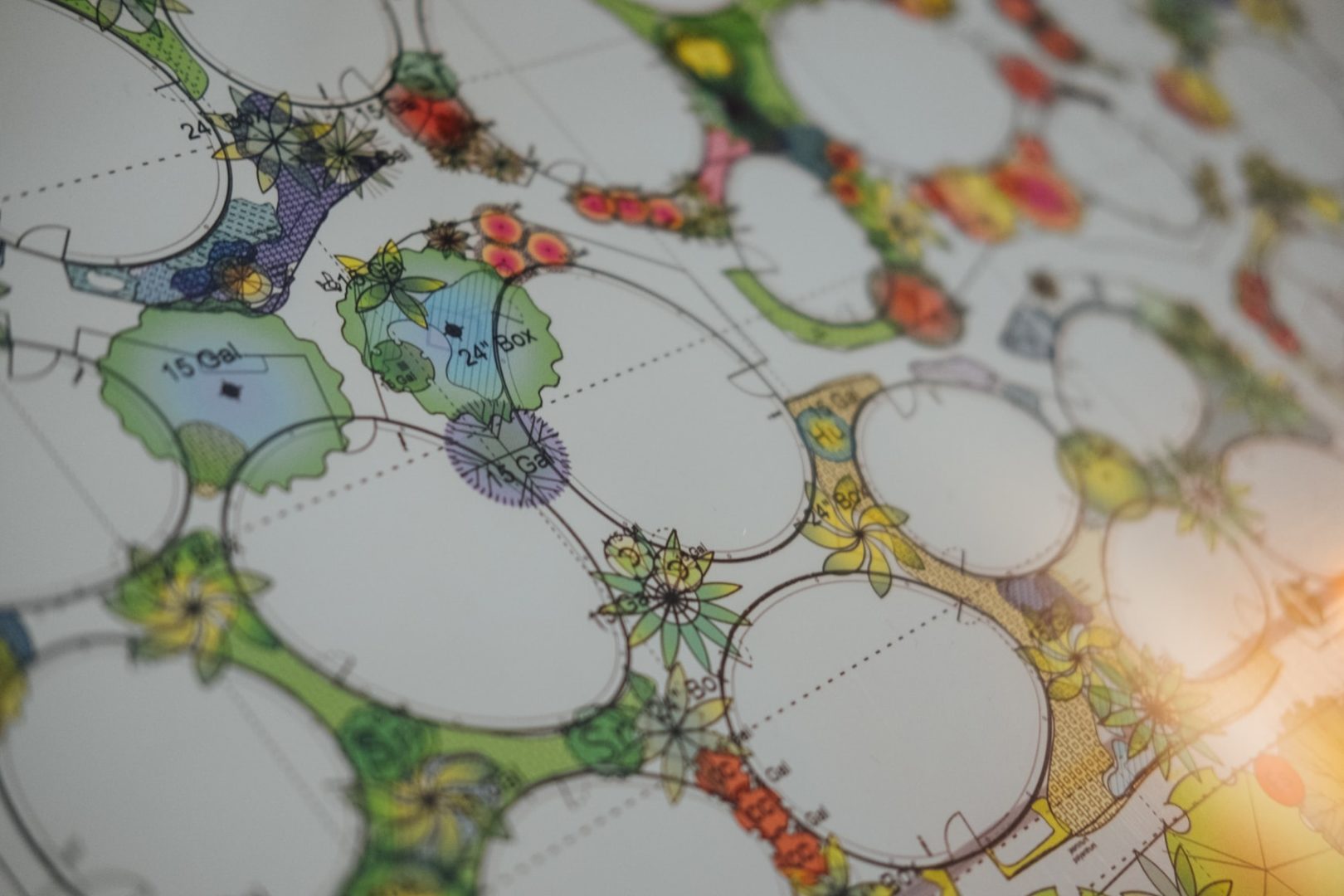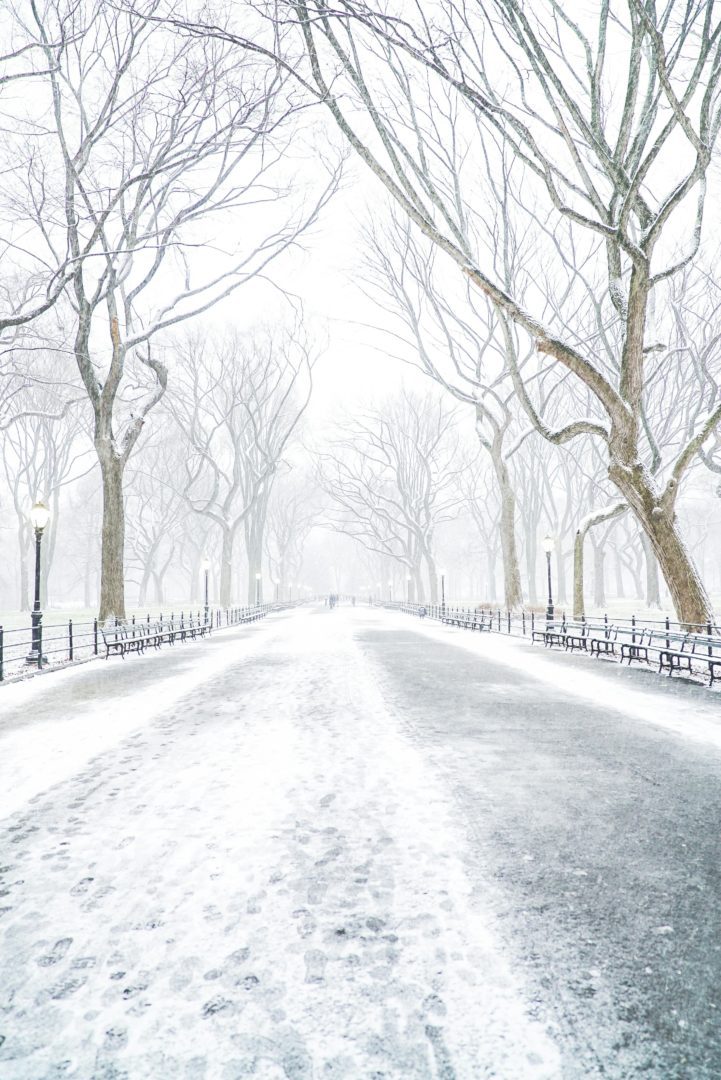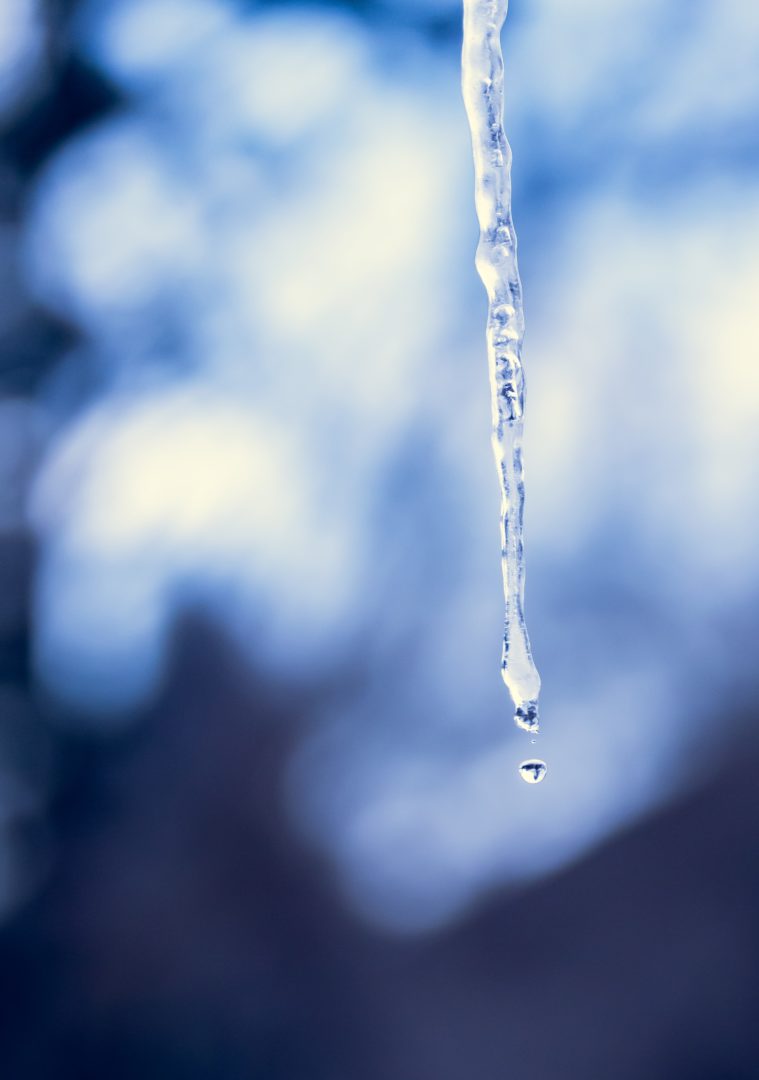Prescriptive Fertilization
At Wiesner Bros. we believe that knowledge is a powerful tool. The more information that you have on your landscape and garden, the better you understand the reason certain tasks are done. Fertilization of trees and shrubs is not the same as fertilization of your lawn or summer flowers, and yes too little or too much could be ineffective or fatal. We must always look at the big picture and avoid getting tunnel-vision which could solve one problem and create many more. Prescriptive fertilization looks at all the reasons why we fertilize and adjust the prescription to watch the patient. It is a holistic way to approach this important horticultural practice.
We believe in taking a few simple steps prior to fertilizing which could help you maximize the desired effects on your plants and in your garden:
1. The first step should always be a walk through your property and a visual inspection. How did the plants look last year? Were there any unusual symptoms on the leaves, flowers, twigs, flowers or fruit? What looked good and what needed help?
2. Are you currently paying your lawn service to apply fertilizer and or pesticide? If so, what are they using and how often?
3. Have you tested your soil lately? Not only are the chemical properties important for the macro and micro nutrients trees and shrubs need to thrive but how is your soil structure? Does your soil drain well? It is a heavy clay soil or do you have sandy soil? All this information is important for successful plant growth.
4. Do you have an irrigation system? How often do you water? Are your planting beds on separate zones from your lawn? Once again too much water may cause more problems for your established trees and shrubs than too little. It is important to check the settings on your irrigation system and take note of dry or soggy spots in your yard.
5. A simple soil test will help you understand that the pH of the soil could vary in different parts of you yard (the vegetable garden, you perennial bed, your foundation planting or your shade trees could all have different requirements).
Now that we have a big picture view let’s look at why we are fertilizing.
Trees and shrubs on Staten Island may need a little help from time to
time in the form of fertilization.
- Native trees (large established trees) well adapted to our poor soils, should be fertilized once every 4 or 5 years. To do so more often usually isn’t needed and can even be harmful.
- Fertilization is also used to help make small trees grow faster. Newly planted trees in the landscape can be helped along by annual fertilization for a minimal price. In the nursery, most trees are fertilized frequently. Once planted in a yard and forgotten, most folks wonder why their trees stop growing. The answer is fertilizer.
- The third use for fertilization is to replace a missing micro or macro nutrients in the soil. This is best accomplished with a soil test to determine the missing component(s). Wiesner Bros. sells simple soil test kits or we could sent it away to the lab for a more comprehensive analysis. The proper balance of nutrients to get your trees into the best possible shape is the goal.
- The fourth reason to fertilize is to help root damaged trees put on more roots. This often occurs around construction sites or with the replacement or installation of buried utilities. Fertilization with added root stimulants can often save root damaged trees when done properly.
Visit us at the nursery for help with prescriptive fertilization for your yard. If you feel better about having one of our horticulturists or arborists make a site visit to evaluate your yard we could arrange this as well.
For more info on what’s happening on Wiesner Brothers Nursery follow us on Facebook or join our Garden Forum Email list.
